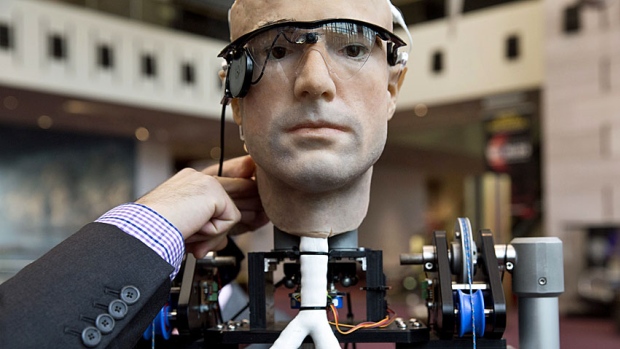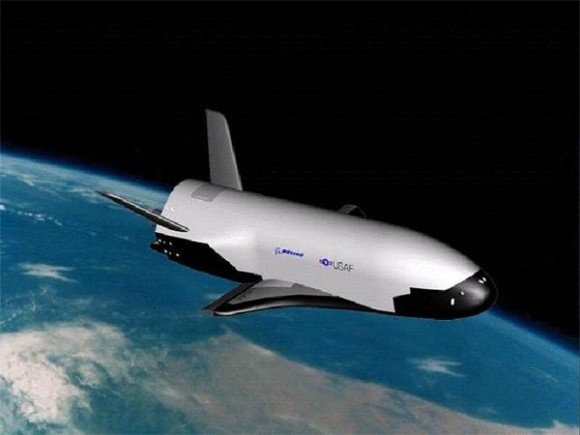
Category: Tech
Rdng is Fndmtl.



Whoa…I’ve read about kung-fu. An intriguing new app aims to turn everyone into speed readers. “Spritz is about to go public with Samsung’s new line of wearable technology.”
Fools and Their Money.


Making the rounds today: Cornell professor Emin Gün Sirer gives his take on Bitcoin and what happened with Mt. Gox, the world’s largest Bitcoin exchange, where over $400 million recently disappeared. “Human history is full of people who were entrusted with valuables, who then absconded with them…Chances are that this is a simple case of theft, involving at least one insider.”
Also note the conclusion: “If one must pick a cryptocurrency, the lowly dogecoin, of all things, is doing everything right. It’s based on economic principles that provide the right incentives for a healthy economy. The community does not take itself seriously. Most importantly, no one pretends that Doge is an investment vehicle, a slayer of Wall Street, or the next Segway. No one would be stupid enough to store their life savings in Dogecoins. And people freely share the shiba goodness by tipping others with Doge. So, young people who are excited about cryptocurrencies and want to get involved: Dogecoin is where the action is at. Much community. So wow.”

Step Aside, Human.

A Prelude to WALL-E: In The Atlantic, Derek Thompson looks at the coming robotic takeover of the job market, whereby 47% of jobs could soon be automated. I for one welcome our new robot overlords — all the more reason why we need to start rethinking a social contract founded primarily on having full-time, two-income employment. We’re entering a new phase of human existence — we’d best start preparing for it. (Bionic man image via here.)
River of Song.

Make it Better Do It Faster.

(Our work is never over.) In more promising future-tech news, scientists figure out a way to store quantum data for much longer than ever before. “Though surviving for 39 minutes may not sound like very long, it only requires one-hundred-thousandth of a second to perform an operation on a single qubit. So theoretically, over 20 million operations could be performed before the qubits’ data decayed by 1 percent.”
The Wheel of Pain…for Dogs.

Time to raise Berk’s retirement age? By way of the re-designed Quiddity, which has tons of intriguing posts up at the moment, a curious history of dog-powered engines. “The last illustration displays a very unique, but now extinct, dog called the Turnspit…bred in Britain for hundreds of years to help with cooking and is the original ‘working dog.'”
“You’ve Only Made 0 Friends.”

A Better Cloaking Device.

Physicists get ever closer to a Harry Potter-style invisibility cloak with a new, less-bulky metascreen that scatters nano-particles. “Moving forward, one of the key challenges for the researchers will be to use ‘mantle cloaking’ to hide an object from visible light.”
The Other Space Program.

Well, at least one branch of our government is well-funded enough to take on these sorts of projects, I guess. Too bad the research is classified and likely highly iffy. Consider, similarly, the two “other” Hubbles found lying around in a Pentagon warehouse last year. “[S]top and think about this for a moment. The Department of Defense has the kind of funding needed — hundred of millions to billions of dollars, presumably — to build not one, but two, Hubble-like optical telescopes and then never use them.”
